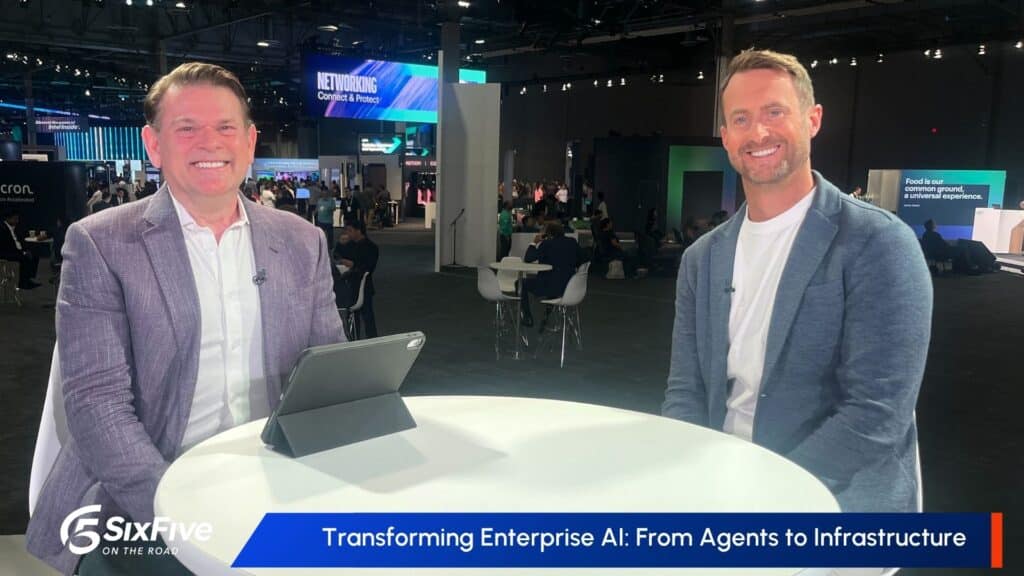Most organizations have extensive experience using voice as a primary engagement channel through which customers can interact with the organization. Other channels, such as short message service (SMS)/text, web chat, social media, and mobile applications, are also becoming key parts of omnichannel engagement approaches to meet the customer where they are most comfortable. But, in addition to those digital channels, several more nascent channels should be considered, depending on the organization and its omnichannel goals.
- Smart TV/set-top box apps: Smart TVs, or televisions that can connect to the internet and can load and store applications can also serve as a CX channel, often by allowing customers to contact a provider directly through the app. This is particularly useful for services that are provided through the TV (such as content channels), but hardware manufacturers (such as the TV manufacturers themselves, or standalone universal remote control providers) can also stand to benefit from having an on-device direct CX link that will only allow the customer to interact with the organization, but can also capture and send along any diagnostic or technical issues to aid in diagnosing and remediating the problem.
- Smart appliances: Like smart TVs, smart appliances, from refrigerators and ovens to dishwashers, can be internet-enabled and be used to send diagnostic data and customer messages to the manufacturer or service organization. Where appropriate and enabled, return acknowledgement messages can also be sent back to the appliance, although more detailed information should be shifted to another channel for clarity or customer convenience.
- Digital home assistants: Digital home assistants, which can be either standalone devices, such as Amazon’s Echo, or integrated within other devices, are helping to normalize the process of humans speaking with intelligent bots to accomplish tasks. Organizations can use this channel to provide frequently asked questions (FAQs) and other CX resources that take advantage of the immediate nature of voice-to-bot conversations, and because these devices are connected to the internet, they can support seamless channel switching if the customer would like to move to another channel.
To incorporate these devices and channels into an omnichannel engagement strategy, significant backend integration work is often required to ensure a seamless handoff between channels, as well as a unified experience across all related apps and databases. If a customer seeks to connect with an organization through a digital voice assistant, the CX needs to mimic or mirror the experience in a native chatbot that resides on the website. If there is a disconnect in feel, the customer may be unsure as to whether this digital voice assistant channel is really managed by the organization.
Similarly, any points of friction or confusion while engaging through these more nascent digital channels should be identified via user pre-testing prior to rollout, and testing should be repeated periodically as new features are added, or workflows are modified. Testing should also be conducted to ensure that there is always an easy “off ramp” to a live agent or another more familiar channel that can quickly pick up the interaction if a problem occurs.
These new channels also present a key opportunity for cross-selling and upselling, based on the activity occurring on the device, or, in the case of smart appliances, status information about the product itself. Care must be taken, however, to ensure that these sales opportunities are appropriate, positioned as a benefit to the customer, and measured, in terms of number and frequency.
New digital channels can expand an organization’s intelligence-gathering approach as well, by connecting with customers through modalities and devices that may not be top-of-mind, compared with traditional voice, SMS, or social media, but may be more convenient. The ability to collect customer feedback through a smart TV or streaming app or via a smart appliance’s touchscreen is inherently timelier (particularly if it is collected immediately upon viewing), compared with asking a customer to fish out their device, log into an app or scan a QR code, and then provide a response to a survey.
Care must be taken to orchestrate such sales, marketing, and feedback efforts, to avoid offering multiple requests for engagement on a single issue or opportunity, lest the customer become overwhelmed and angry.
Author Information
Keith Kirkpatrick is Research Director, Enterprise Software & Digital Workflows for The Futurum Group. Keith has over 25 years of experience in research, marketing, and consulting-based fields.
He has authored in-depth reports and market forecast studies covering artificial intelligence, biometrics, data analytics, robotics, high performance computing, and quantum computing, with a specific focus on the use of these technologies within large enterprise organizations and SMBs. He has also established strong working relationships with the international technology vendor community and is a frequent speaker at industry conferences and events.
In his career as a financial and technology journalist he has written for national and trade publications, including BusinessWeek, CNBC.com, Investment Dealers’ Digest, The Red Herring, The Communications of the ACM, and Mobile Computing & Communications, among others.
He is a member of the Association of Independent Information Professionals (AIIP).
Keith holds dual Bachelor of Arts degrees in Magazine Journalism and Sociology from Syracuse University.







